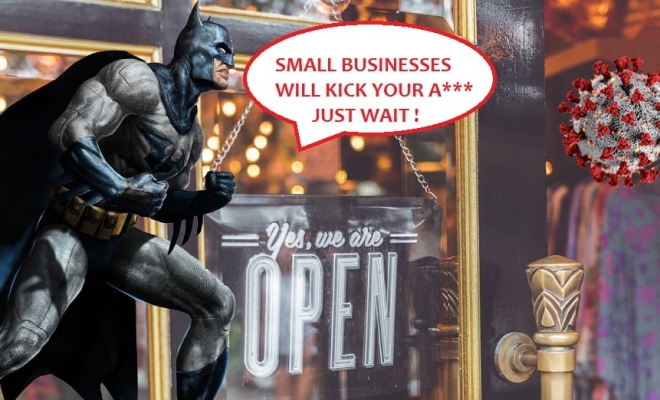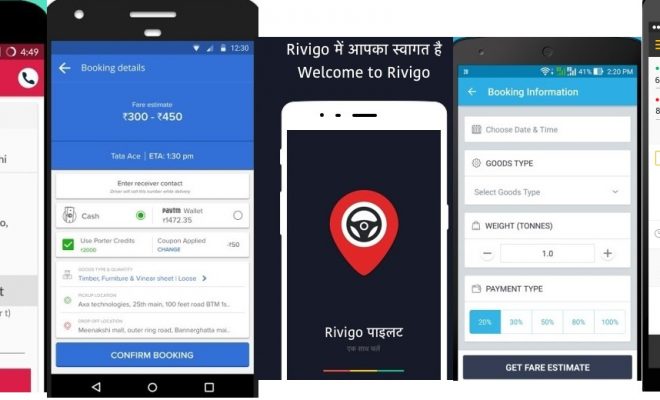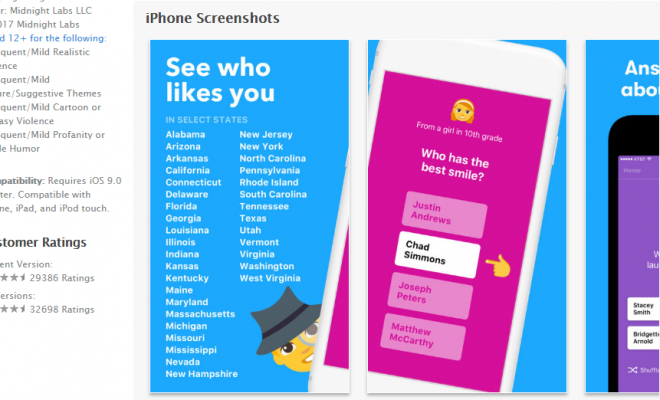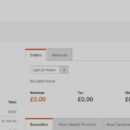On Demand Delivery App development is not a new concept anymore now. It has been going strong since some time in the Indian startup ecosystem. Uber was the original kick-starter of the ‘On-Demand’ economy with on-demand cab hire. Slowly this grew to more on-demand services ranging from on-demand commercial vehicle hire, on-demand food delivery, on-demand local services and a lot more. The typical Location specific and On-Demand app provides the benefit of mobility, ease of use, speed and convenience to the smart phone owner. An example of customer expectation of promptness and convenience given by ‘On-demand’ Apps can be seen by some points bought out by a survey from 2Flow:
- 49% of people shopping online are millennials with the age of 18 and 34 years. The group with the age between 35 and 54 years is 30% of customers.
- 43% of consumers say that their overall satisfaction with the service was formed by the in-time delivery.
- 63% of shoppers say that it’s important to know about the estimated delivery time or date of their order.
But as a developer or a entrepreneur who wants to start his own on-demand app for food delivery, local service, Cab hire app etc. , what are the technical aspects that you need to look out for ? We will try and discuss all this in our article in a step-wise manner below:
1. Location Handling and Discovery for On-Demand , Food Delivery etc. Apps.
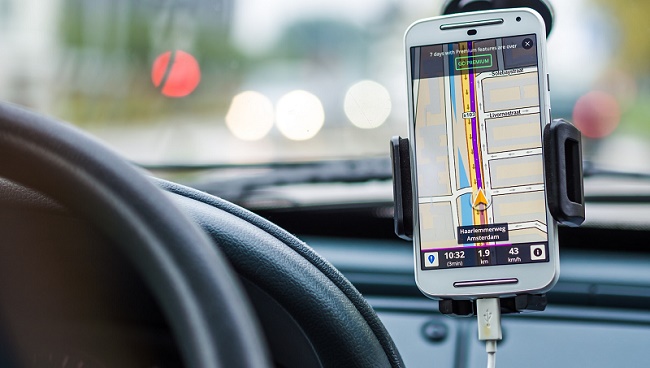
Location Discovery (GeoLocation) and Location Handling is a key functionality that any On-demand service requires. This is important for the following 3 reasons:
a) Most of the time you will be looking for service providers ‘near’ you who can reach you or whom you can reach. This can be salons, restaurants, cabs, commercial vehicles etc. near you. And for this your app should be able to discover your location, location of the service providers and calculate the distances between you and the providers.
b) The App should be able to ‘Track’ the progress of the service provider, delivery service etc. as it reaches you OR even show you progress on a live Map. Note that the challenge is to accurately estimate speed and position simultaneously. In most cases however you may NOT need live tracking so don’t just go for that for the show because a Live tracking feature will definitely add to the cost of App development.
c) The last aspect of this is accomplishing all of the above with low battery drainage and proper permission requests for Location Services.
2. Intuitive and Easy On-Boarding Process

Great UX Design and Process Flow for On-boarding
Not just for On-Demand but for virtually any kind of app, an easy and convenient On-boarding process is very important. Time is of the essence and customer convenience is the king. The App should be intuitive and easy to On-board someone who has downloaded the app to an active user and customer. Some of the ways you can make this happen is by:
a) Intuitive and easy to use sign up / Login process including Social Login.
b) Offer / Coupon / Discount etc. for First Time User or even complex rules like: make your First Order within X days.
c) On-boarding also requires that customer set-up some basic information – such as his Location and Preferences.
Your App should display this in a fun way ideally highlighting the benefits of doing so. For example you are much more likely to give permission for your location and dietary preferences – if the App Presented it in a fun way that you will receive ‘Discounts and Personalized Dining Options’ based on this.
d) Option to Skip some On-boarding items: If an on-boarding item is non-essential, there should always be the option to Skip it – for the very common impatient user who wants to dive right in and get on with using the App.
3. Pain-free Redeeming or Payment Mechanism
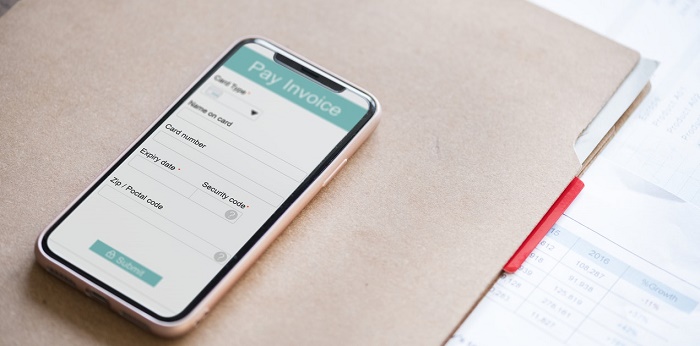
a) Pre-pay for a service and Redeem later: This can be seen in the case of Apps like Nearbuy, Book My Show etc. Here you pre-pay for something like a Buffet Lunch etc. and you are provided with QR code or some other reference which can be re-deemed at the Merchant. This is for situations where typically the customer goes to the Merchant’s outlet. So here, apart from the payment, there needs to be a mechanism to store the redemption reference code and allow redemption. There may also be a cancellation and refund mechanism (if not redeemed).
b) Cash on Delivery Payment: Obviously here you are paying for service at your doorstep. This is a challenging option in some ways. Even though the payment step is very easy – as you are simply recording that it’s going to be a cash on Delivery payment, there needs to be some AI backed mechanism to filter in only genuine orders.
c) Pre-Pay to Order by Internet Banking, Cards or Wallets.
This is the usual pre-payment mechanism where you pay for something but no-redeeming step is needed. Here the service / product is generally delivered to your address. Or in the case of an On-Demand Cab Hire etc. app, you pay at the end of your ride through these methods.
One innovation here is to consolidate ‘Offers’ by third party wallets and cards in some way as most large aggregators are doing. You will need to integrate with the 3rd party API’s here and get their offer information and consolidate here. This is really useful to a customer in making a choice of which Wallet/Card etc. to use for payment – based on Offers – Benefits. A great example of this is BookMyShow. While Bookmyshow earns on the facilitation charges for reserving seats at movies, events etc. , it has very good integration with payment providers, mobile networks etc. all of whom provide offers at the Checkout area.
4. Rating and Review Mechanism for the Service Provider

Every On-Demand App, where you are essentially acting as an aggregator, requires trust and objective selection mechanism of a service provider. This is only possible when you have a convenient and fair rating mechanism. But let’s remember that ratings today, can be fudged by offering incentives for a good rating etc or deliberately putting up a bad one. Hence, having some checks and balances like the ones below may be a good idea:
a) Ideally only allowing Feedback based on specific transactions: This will make sure only actual users provide feedback and the same is not misused among competitors or outsiders. Some developers argue that this makes it difficult to leave feedback but it actually makes it easier. For example, within 24-48 hours after your meal or order, you get an email or notification asking you to leave rating about the order, and also a link available in your Order history – for the same. All this makes leaving a rating convenient, secure and genuine.
b) Option for Responding / Moderation (in exceptional circumstances) of Feedback: Most feedback systems allow the service provider an option to respond to a feedback and thank the customer / put their point of view across in case of a negative feedback. Sometimes it may also be important to remove or moderate a feedback. This should be very rare in case the feedback is abusive and/or proven to be totally fake. Therefore, for a long term view, a policy regarding feedback and ratings should be put in place by the aggregator.
c) Long term tracking of Ratings on your On-Demand App: So what do you do as the aggregator / administrator of your on-demand ecosystem with the feedback, rating data you have ? This is valuable data and over months and years can form the basis of how you rank and rate your providers. You can then categorize them and prune the ones which may consistently fall below a bare minimum required rating, as well as reward those who are consistent performers.
5. Marketing Tools such as Closed Wallet for Cashbacks & Referral System

Although not an essential for any On-Demand or Local Service app, having an In-App Wallet for credit of cashback is a great way to increase adoption and loyalty among new users.
The logic is simply this: Offer a cashback on purchase of a service / product through redeemable points etc. but the cashback can be utilized within the eco-system of services offered by you. This is why it is called as an IN-App or closed Wallet. Paytm is one company which has built an almost parallel economy around Cashbacks and is harnessing this strategy to great advantage. Paytm has hundreds of fine-tuned rules as to how these cashbacks are administered. But you need not be as big as Paytm to administer an In-App wallet. This can be done through the back-end of your solution and generally requires Coupon code creation and redemption at check-out as the two key steps.
Referrals is another ‘optional’ marketing feature which On-demand Apps use to drive growth. A referral typically rewards both the referrer and the person referred, so that there is incentive for both. The per-cent off with an expiry can be set-up and a unique reference url is generated for a specific customer to use and share on social media. The Key is also to know when to prompt the existing user about the referral. This communication can be sent from time to time and is also available on some events such as placing an order, giving positive ratings, using a cashback etc.
6. Support and Customer Service
It may seem trivial but a good helpdesk / support and Customer service mechanism is very important for any On-Demand service / app to flourish. Hundreds and thousands of customers are going to be using your service (through multiple providers), if your app grows and it is very likely that they will have many questions or even issues. Your app should provide support in written (Knowledge Base / FAQ) as well as Chat or Phone support. A dedicated helpline is better than Chat at times as it offers easier instant support, especially if you expect low volume. Support Ticket creation should also be allowed, for non-working hours or non-urgent support.
7. Secret Sauce of your App
Let us tell you very honestly, that even after all of the above, your app does need to have some kind of secret sauce, or should offer some differentiation or USP. Otherwise, it will be very difficult to succeed in the crowded chaos of the On-Demand apps in the market.
According to a study by Gartner, only about 1 in 10,000 apps create a high commercial success for their creators.
Although, here we are excluding the B2B or organizational apps whose goal is not to make money but service an organizational or client etc. need. However if yours is a Gaming App or B2C app, think about ONE key ingredient or that secret sauce which you can add to it, and make it different from its peers !
What kind of platform and technology to use for developing your On-Demand App ?
On Demand apps by their very usage are quite B2C and for that reason require to reach lots of people. It may make sense to develop them in both platforms – iOS and Android, or only Android if there are budget constraints. Considering the features required, one of the questions we are asked by Entrepreneurs: Can our On-Demand , Location App be created as a Hybrid App or does it need to be Native ?
The Answer in short is YES, it can but we need to be careful, and remember that not all hybrid platforms are equal. Some are merely putting a wrapper around a web-view while other’s such as Xamarin offer a near native experience. So, other things being equal, a Xamarin based Hybrid On-Demand app should provide a near native experience and be a workable solution. Just make sure with the development team that the libraries likely to be used are available or can be created.
Conclusion:
On-Demand Apps are creating a new revolution in India, Africa, Europe and of-course the USA. Many usual services can be converted to an Uber of X or On-Demand service by having a good business plan and hiring an On-Demand Mobile App Development company.
So, tell us what you think. Have we missed any key feature / functionality an On-Demand, Local Service app should be having ? Or do you have any question related to development of such apps. Do write in with your comments.
– Salon and Beauty Services On Demand Locally
– On Demand Food Ordering like Swiggy or Zomato
– On Demand Commercial Vehicle Hire like Porter / Black Buck
– On Demand Local Service Providers like Urban Clap
– On Demand App for Grocery, Ecommerce Delivery like Bigbasket
Inquire Here



